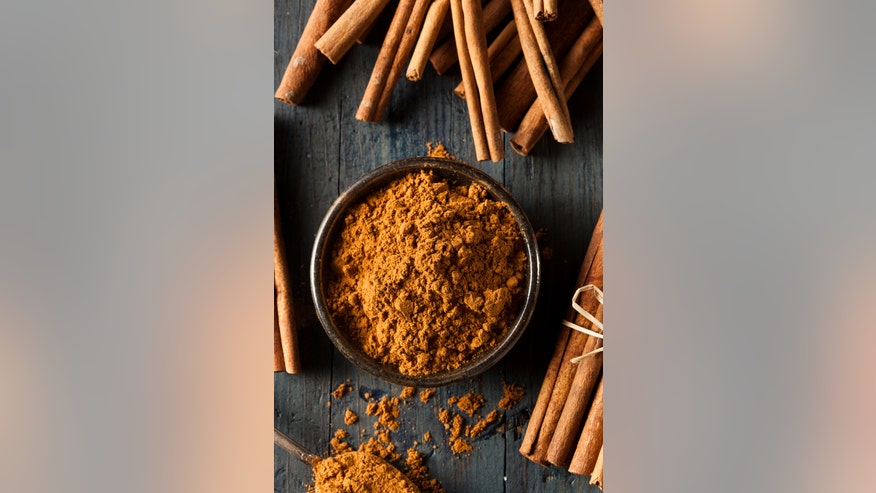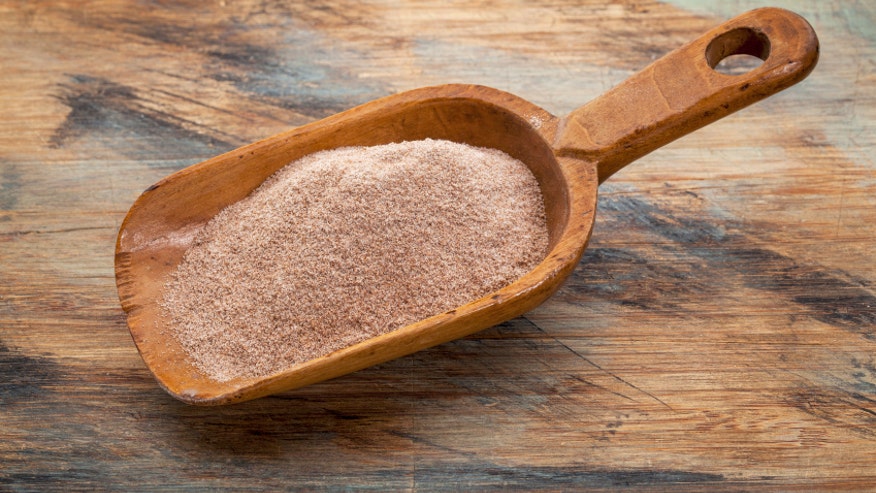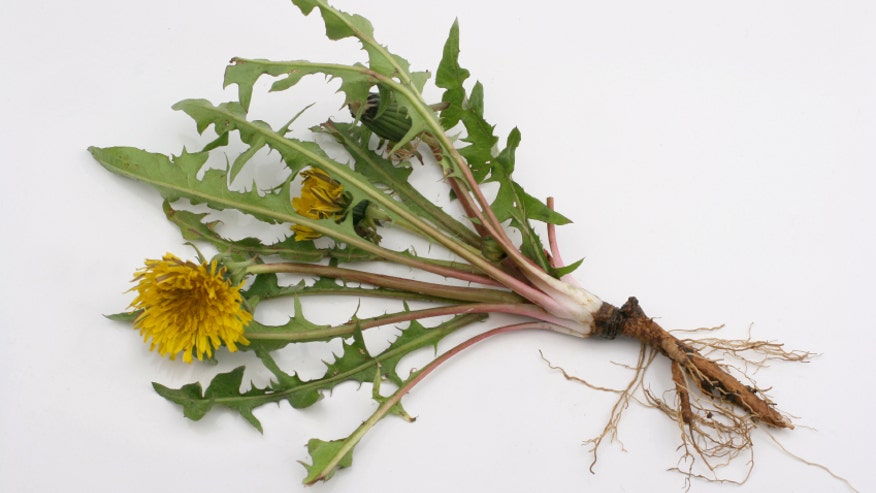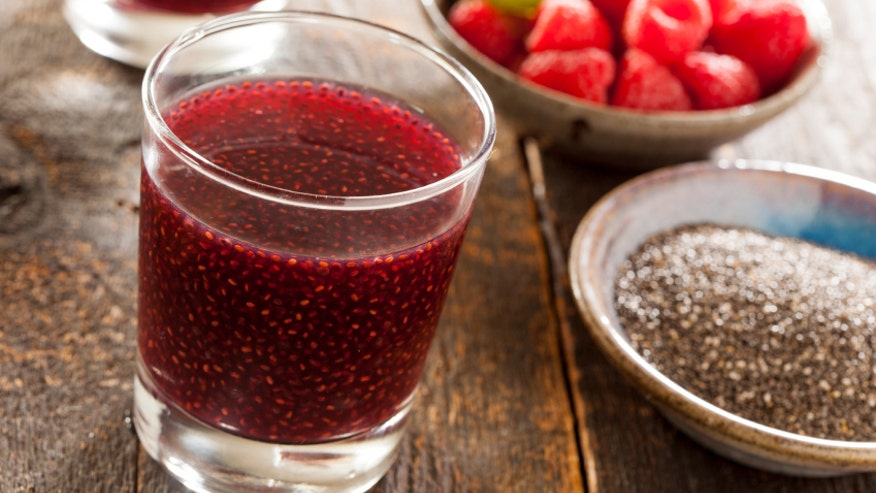While an apple a day may keep the doctor away, there’s a whole world of interesting, often unfamiliar, foods that offer a variety of health benefits.
A few of these superfoods come from around the globe but some may be right under your feet. From ancient Ethiopian grains to vitamin-rich “weeds,” these health boosters may not all be household staples yet—although we see no reason why they shouldn’t be. Nutrient-dense, versatile and easily incorporated into your daily diet, this unique collection of seeds, spices, grains and greens makes for a delicious way to eat healthy.

Used in dishes from Indian curry to traditional American apple pie, the once rare bark of the cinnamon tree is now ubiquitous. However, few are aware of this sweet spice’s healing powers. A daily dose of cinnamon can help balance blood sugar, prevent diabetes and alleviate the symptoms of arthritis. Among its many other uses, cinnamon also inhibits the growth of food-borne bacteria, making it a natural food preservative and digestive aid.

A staple in Ethiopian cooking for thousands of years, teff was one of the earliest domesticated plants, and remains an important part of the North African diet today. Don’t let its small size fool you — this tiny grain is high in dietary fiber, protein, calcium, and other essential vitamins and minerals. While Ethiopians traditionally grind teff into flour to make injera, a sourdough-risen flatbread, it can also be steamed or boiled whole, or mixed in with soups and salads for an extra nutritional punch. As a gluten-free alternative to wheat flour, teff can be used in pancakes, breads and other baked goods.

While the dandelion may be considered a weed, home gardeners should think twice before discarding this small flowering plant. Long used as an herbal remedy in Native American and Eastern medicine, the dandelion is high in essential vitamins and minerals such as potassium, zinc, beta-carotene and vitamin C. As a natural diuretic, the dandelion can also help improve kidney and liver function, and lower blood pressure. Although the entire dandelion is edible, we prefer the root, which can be taken in supplement form or as an herbal tea.

The same seeds known for sprouting grass-like plants in terra cotta figurines also make for an energizing, detoxifying and heart-healthy addition to your diet. Just two tablespoons of chia seeds distributed over the course of the day provide your body with high levels of protein, fiber and omega-3. In fact, the ancient Aztecs believed that a single tablespoon could sustain a warrior for up to 24 hours. Almost flavorless with a crunchy texture not unlike poppy seeds, chia seeds can easily be snuck into foods such as yogurt, oatmeal or salad for an added dose of calcium, iron, copper and zinc.

In some regions of the world, watercress is regarded as a weed; in others it’s known as an aquatic vegetable or herb. However, with its wide range of health benefits, watercress should definitely not be dismissed. Most potent when consumed fresh and raw, this leafy perennial helps combat a variety of cancers and has long been used to treat scurvy. Due to its high iodine content, watercress has a strengthening effect on the thyroid gland—which makes it beneficial for sufferers of hypothyroidism.
Discover more of the best surprising superfoods
More from Gayot
All-Natural Immune System Boosters
Healing Green Teas
Top-Rated Paleo Cookbooks
Heart-Healthy Restaurants Near You
View the original article here
Unfamiliar superfoods